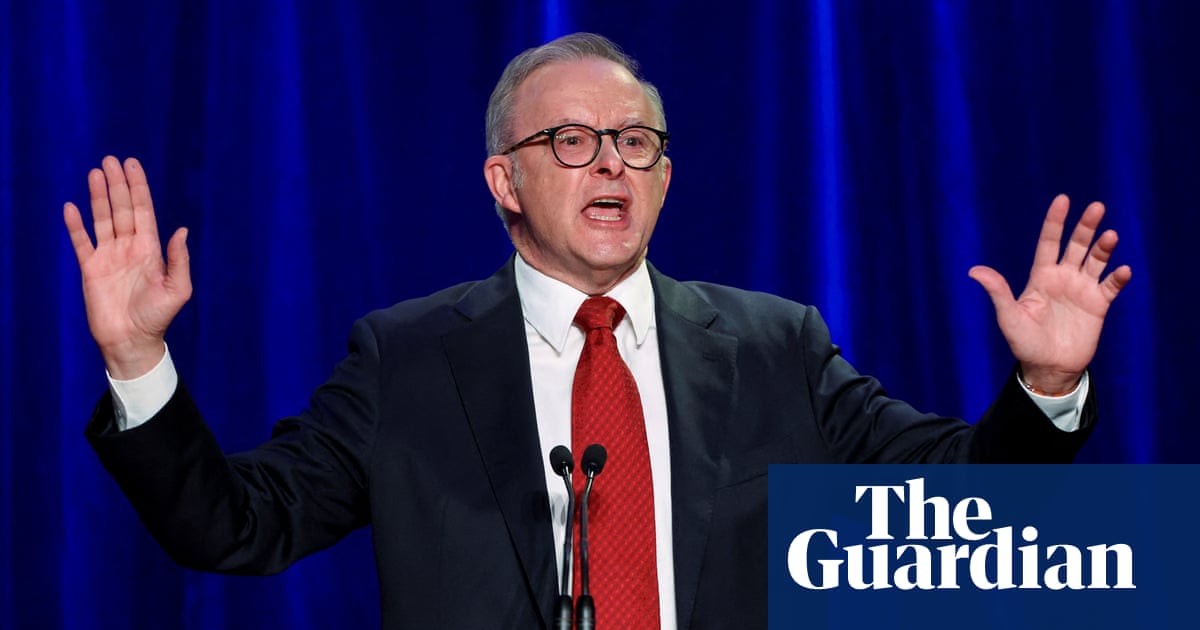Journalists on the campaign trail were feeling queasy asAnthony Albanesemotored on a boat towards Green Island, a protected marine site about 30km off the coast of Cairns.
It was a sunny day in mid-April and the waters above Queensland’s Great Barrier Reef were choppy as the Labor campaign picked up speed ahead of Australia’s federal election. If Albanese’s stomach was churning, he wasn’t letting on.
“Keep your eyes on the horizon,” he counselled, reflecting on a difficult first term and explaining how he would navigate another three years in power.
Seeking to become the first Australian prime minister to serve two full consecutive terms since John Howard in the early 2000s, Albanese said uneven economic and geopolitical conditions required calm and considered leadership at home.
The message echoed his larger pitch to voters in the five-week campaign: now was no time to change the government.
History was against him and against Labor, with expectations the government would slip into minority after the 3 May poll.
A creature of Canberra politics for more than three decades,his 2022 election victoryended nearly 10 years of conservative rule. But the former student politician and party functionary struggled in the spotlight, with voters angry at persistent inflation and rising energy bills. They delivered Albanese a political body blow in 2023, with the thumping defeat of hisreferendum on recognition of Indigenous Australiansin the constitution.
Raised by a single mother living in public housing in Sydney, the 62-year-old is fond of saying he was imbued with three great faiths from an early age: the Catholic church, the South Sydney Rabbitohs football club and the AustralianLabor party.
Albanese was the product of a cruise ship romance. He grew up believing his father had died in a car accident before he was born, only learning the truth as a teenager and later travelling to Italy for an emotional reunion just a few years before Carlo Albanese died.
He worked for Labor minister Tom Uren, and survived the bitter leadership wars between prime ministers Kevin Rudd and Julia Gillard, serving as infrastructure minister and later deputy prime minister.
After two election losses for Labor under Bill Shorten, Albanese’s elevation in 2022 was less an endorsement of his agenda than a repudiation of the sitting Liberal prime minister, Scott Morrison.
Securing power with a modest policy agenda, Albanese got to work seeking to endAustralia’s climate wars, prioritised letting cabinet ministers run their portfolios, and worked to restore Australian leadership in the Pacific region, while calming tensions with China.
Describing himself as “a reformist, not a revolutionary”, his first term left many voters unimpressed, with one of Labor’s few political wins coming in the form of a backdown on changes to personal income tax rates. Albanese was dogged by an abandoned promise to cut household electricity bills by $275, and struggled with a surge in hate crimes against Jews in the wake of the war in Gaza.
His opponent, the Liberal leader,Peter Dutton, promised muscular leadership, dubbing his Labor opponent weak and dithering, raising the prospect that his conservative coalition could be the first opposition to oust a government after one term since the Great Depression.
But Donald Trump’s return to the White House, and the US president’s erratic moods and trade sanctions shifted the outlook of voters. Dutton’s campaign struggled to launch, with the Coalition forced to recall unpopular policies and flailing through the first weeks of intense scrutiny from voters and the media.
Albanese looked confident from the outset, insisting Dutton was not ready for government and had not done sufficient policy work to lead the country. Voters arrived at the same conclusion, smashing the Coalition and booting Dutton from his own seat in Queensland.
Albanese often argues that he has been underestimated his entire life. His decisive victory, with an increased second-term majority, proves the 31st prime minister might have been right all along.
